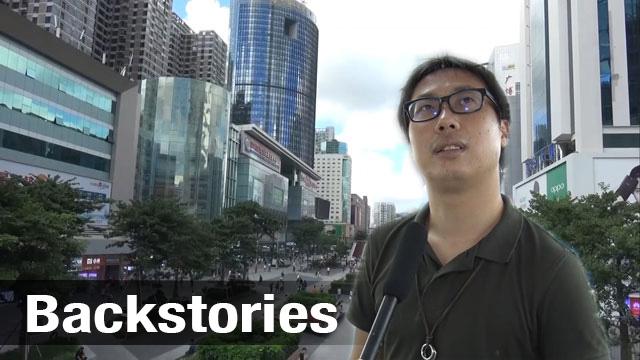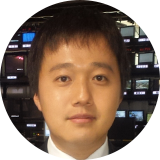Shenzhen City's government opened a permanent exhibition center this March where local high-tech companies can showcase their latest products. Among them were a toilet seat that can measure heart rate and blood pressure, a device that can pull drinking water from the air and an underwater drone.
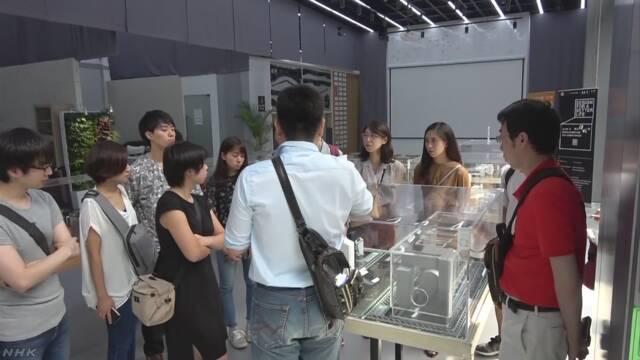
The Chinese government offers office space for free or low rent and provides subsidies to encourage start-up firms to put down roots in the city. And investment funds battle for a slice of the most promising businesses.
An increasing number of Japanese politicians and businesspeople are visiting the city as its phenomenal growth attracts attention. A Japanese administrative official who visited the space said he feels the center of innovation is shifting to China.
The city is also attracting young Japanese entrepreneurs. Keisuke Yamamoto, who runs an IT firm in Hong Kong, moved its base to Shenzhen in July.
The 33-year-old is developing a device to monitor the health of very young children. It combines a wearable product with software utilizing artificial intelligence.
The wearable is designed to detect fever, breathing trouble and other health problems in babies by measuring their temperature and heart rate. The software also analyzes smartphone photos or images of kindergarten cameras using AI to assess how children are feeling.
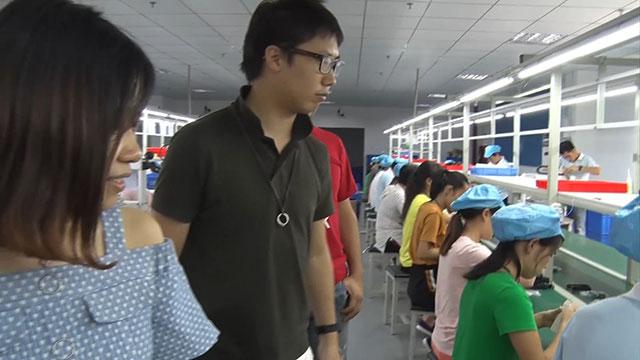
He chose Shenzhen for its high-speed, low-cost developers. Many factories producing smartphones and other electronic devices are concentrated there. The city also has an electronics shopping district 30 times the size of Tokyo's famed Akihabara.
This means it has a perfect supply chain for producing hardware. Development time for a trial product is said to be just a few weeks, compared with 6 months in Japan -- plus, the cost is far lower.
Yamamoto is already on his third prototype. He plans to have the system on sale early next year, and then introduce variations. He says he is aiming at sales of one million units by 2020 in Japan, the US and China.
Yamamoto says Shenzhen's strength lies in its overwhelming speed. He says there is no better place for product development.
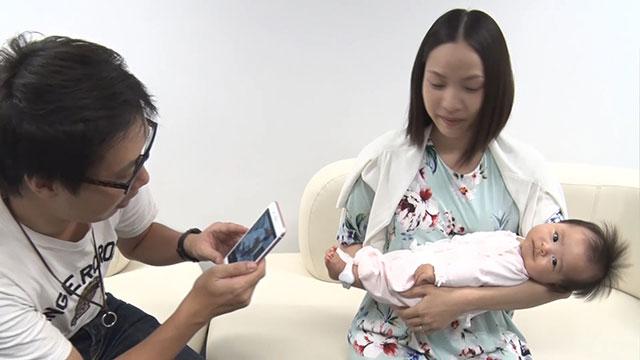
Until recently, the number of Japanese firms has been low, but now many are trying to make inroads into the city.
The Japan External Trade Organization, or JETRO, last year started a program to search for partners for Japanese small and midsize businesses.
Under the program, company representatives make presentations on their business operations to investors and local firms. JETRO officials are hoping the program will help them clinch technical tie-up deals and raise funds.
Major firms are also hoping to tap Shenzhen's momentum. In September, Japanese electronics maker Hitachi announced a partnership with Chinese IT giant Tencent in the field of the Internet of Things. Tencent is based in Shenzhen.
And the leaders of Japan and China agreed at a summit in October to cooperate in the field of innovation.
Businesspeople say they must deal with concerns about the protection of intellectual property rights in China. But they still see huge potential for creating new, promising ventures combining Shenzhen's manufacturing expertise with Japan's strength in high-tech areas like automobiles, machine tools, robots and health care for the elderly.
